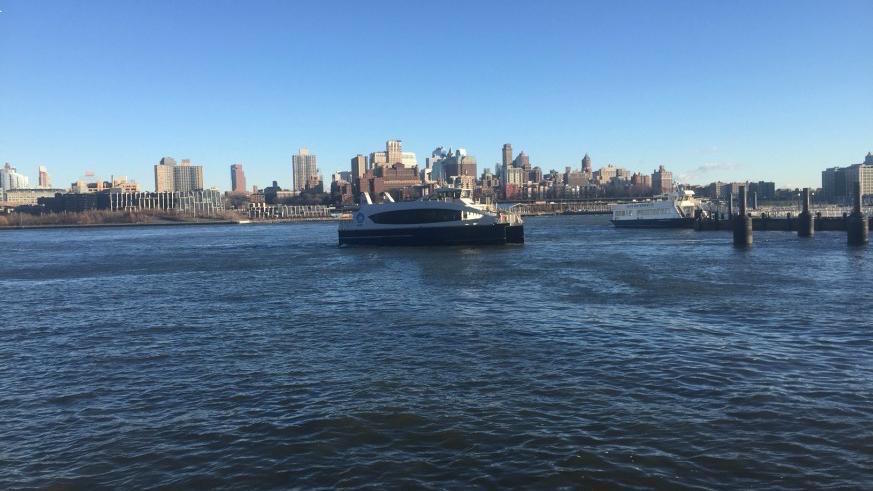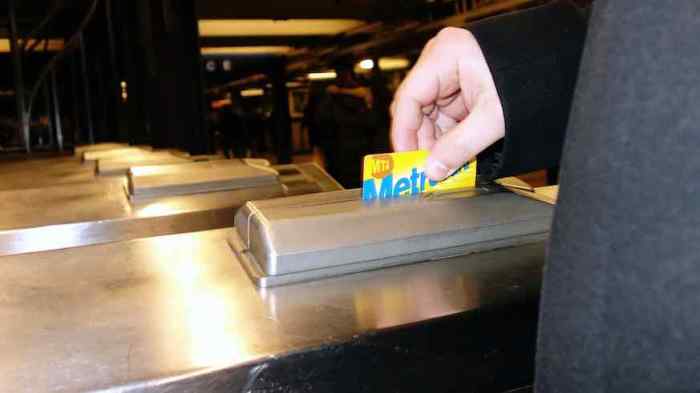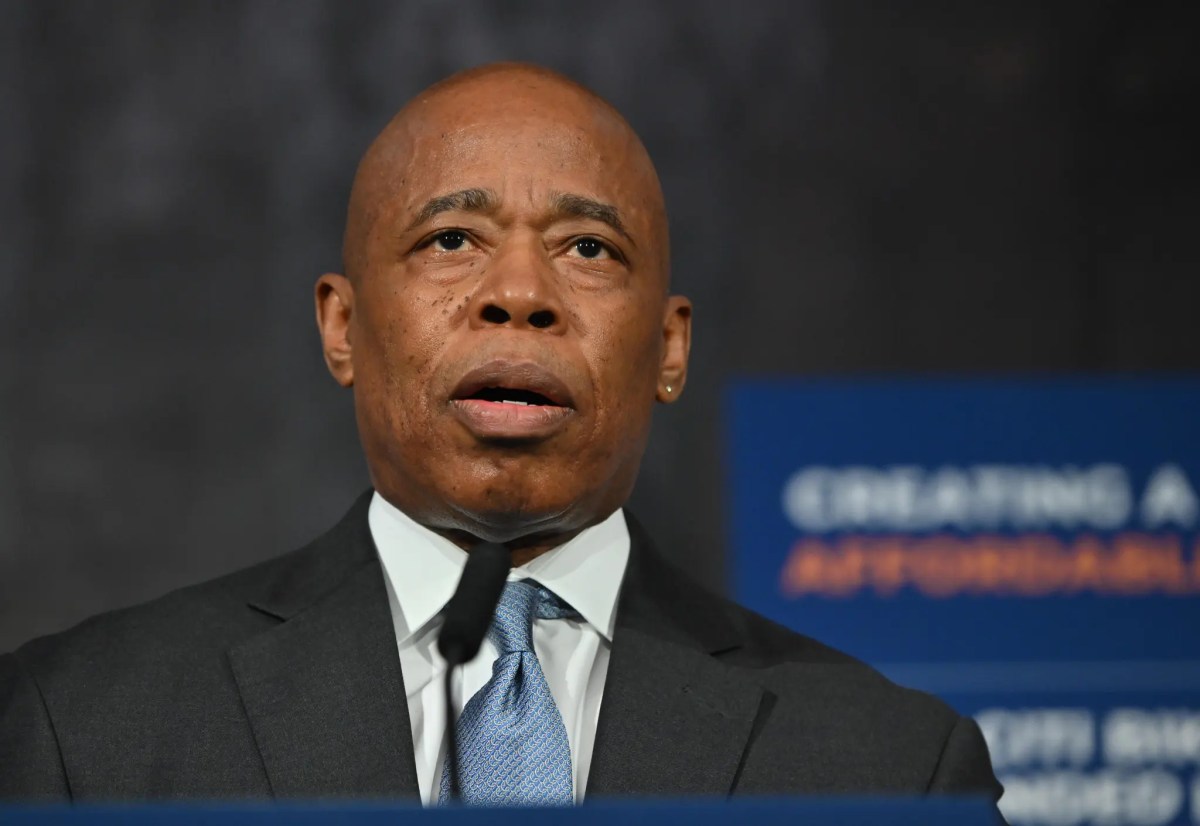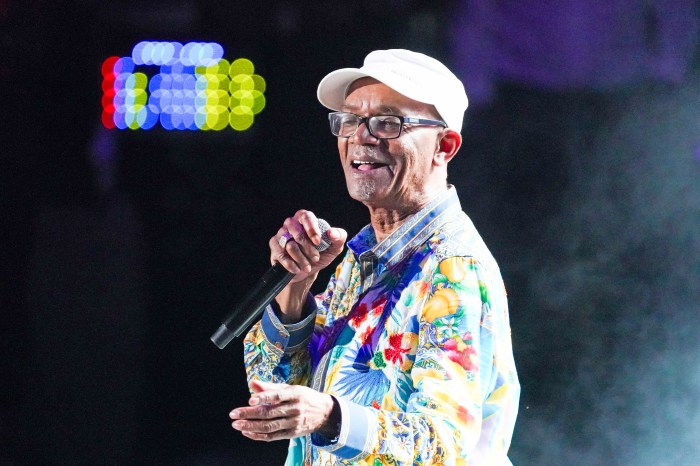There is still more NYC Mayor Bill de Blasio can do with his $325 million new citywide waterborne high-speed ferry services program.
Our waterways are an underutilized natural asset which can offer significant transportation alternatives for thousands of New Yorkers. Most of our existing public transportation and roadways are already operating at or above capacity. New ferry services can be implemented far more quickly than construction of new subways, commuter rails or highways.
These can take years or even decades until completion of environmental reviews, planning, design, engineering, real estate acquisition, permits, procurements and actual construction before reaching beneficial use. Completing all of the above, along with finding funding for ferry boats, docks and parking with costs in the millions may be easier than finding the billions of dollars for rail and road construction. Utilization of ferry boats equipped with modern fuel efficient engines can make a positive contribution to air quality.
Prior to the opening of the Verrazano-Narrows Bridge in 1964, there was frequent ferry service from the Bay Ridge, Brooklyn 69th Street pier to the St. George, Staten Island Ferry Terminal with connections to the Whitehall Street, Manhattan Ferry Terminal.
In April 1967, the old Jersey Central Rail Road ended ferry service between Liberty Street and Pavonia, New Jersey. Later that year, in November 1967, the old Erie Lackawana Rail Road suspended ferry service between Barclay Street and Hoboken.
Fast forward to today.
Thousands of New Jersey daily commuters use ferries from Hoboken or Weehawken to the downtown World Financial Center, Pier 79 West 38th Street or Pier 11 Downtown Manhattan Ferry Terminals. There are also 66,000 daily patrons of the Staten Island Ferry System which connects St. George, Staten Island with the Whitehall Street Ferry Terminal in Manhattan. Unlike the other four boroughs, 500,000 Richmond County residents have no direct subway or commuter rail system linking them with the rest of NYC.
Several thousand riders on a daily basis continue to utilize the East River ferry connecting various waterfront neighborhoods including Astoria, Long Island City, Roosevelt Island, East 34th Street, Greenpoint, Williamsburg, Brooklyn Bridge Park, Wall Street, Governors Island, Atlantic Avenue Pier 6, Red Hook, Brooklyn Army Terminal, Bay Ridge and the Rockaways. In the future, there will be two new routes. Bronx residents from Soundview will be able to access, East 90th & East 62nd Streets along with Wall Street Pier 11. Long Island City Queens residents will be able to access East 34th & 23rd Streets, Grand Street along with Wall Street Pier 11.
NYC can also apply for capital grants from the New York State Department of Transportation and Federal Transit Administration to assist in funding. Albany also provides State Transportation Operating Assistance for transportation systems. Ridership on any transit service generates yearly federal transportation formula capital assistance. Numerous past private ferry operators have come and gone. They could not financially survive based upon fare-box revenue alone without some sort of government subsidy. Metropolitan Transportation Authority bus, subway and commuter rail along with NYC Department of Transportation Staten Island Ferry is subsidized by a combination of City, State and Federal assistance for both capital and operating costs. All of these proposed new ferry services will require similar subsidies if they are to survive. Mayor de Blasio’s fare structure of $2.75 per ride to match that of NYC Transit bus and subway will continue to require a significant amount of operating subsidy.
Mayor de Blasio still needs to convince the MTA Board to support his fare structure of $2.75 per ride to also include cross honoring a free transfer to a bus or subway using the current MTA Metro Card. Last October, the MTA awarded a $573 million contract to Cubic Transportation Systems to replace the Metro Card. Between 2019 and 2021, new fare collection technology will be coming online for both subway and commuter rail riders. Why not include ferry riders as well? City Hall has significant influence with both Albany and the MTA. Mayor de Blasio appoints four of the 15 member MTA Board. His four appointees to the MTA Board would have to lobby the majority of other fellow members for support. One of his members, NYC DOT Commissioner Polly Trottenberg previously worked for the US Department of Transportation, has an excellent background in transit. This includes how the MTA, NYC, New York State and Washington partner together in improving and funding public transportation.
Bronx New York State Assembly Speaker Carl Heastie appoints one of the four-member MTA Capital Program Review Board. Mayor de Blasio’s appointee can only vote on NYC-based projects. They must approve all MTA Five Year Capital Plans and plan amendments, including adding new projects or funding. There are also 59 fellow Democrats in the State Assembly, out of 150 from NYC, who owe their allegiance to Heastie. Sixteen of the 24 NYC State Senators are members of the Democratic State Senate caucus. They are led by Westchester State Senator Andrea Stewart-Cousins, who is friendly toward the Big Apple. Six of the eight-member Independent Democratic State Senate Conference chaired by Bronx/Westchester member Jeffrey Klein are from NYC.
Riders could purchase weekly or monthly passes for discounted fares. These could be supplemented by using Transit Checks which will further reduce the cost per ride.
Who wouldn’t want to enjoy the fresh air and breeze that only waterborne transportation can provide? Riding a ferry can be less stressful than being packed in a subway car like sardines in a can.
Larry Penner is a transportation historian and advocate who previously worked 31 years for the United States Department of Transportation Federal Transit Administration Region 2 NY Office.























